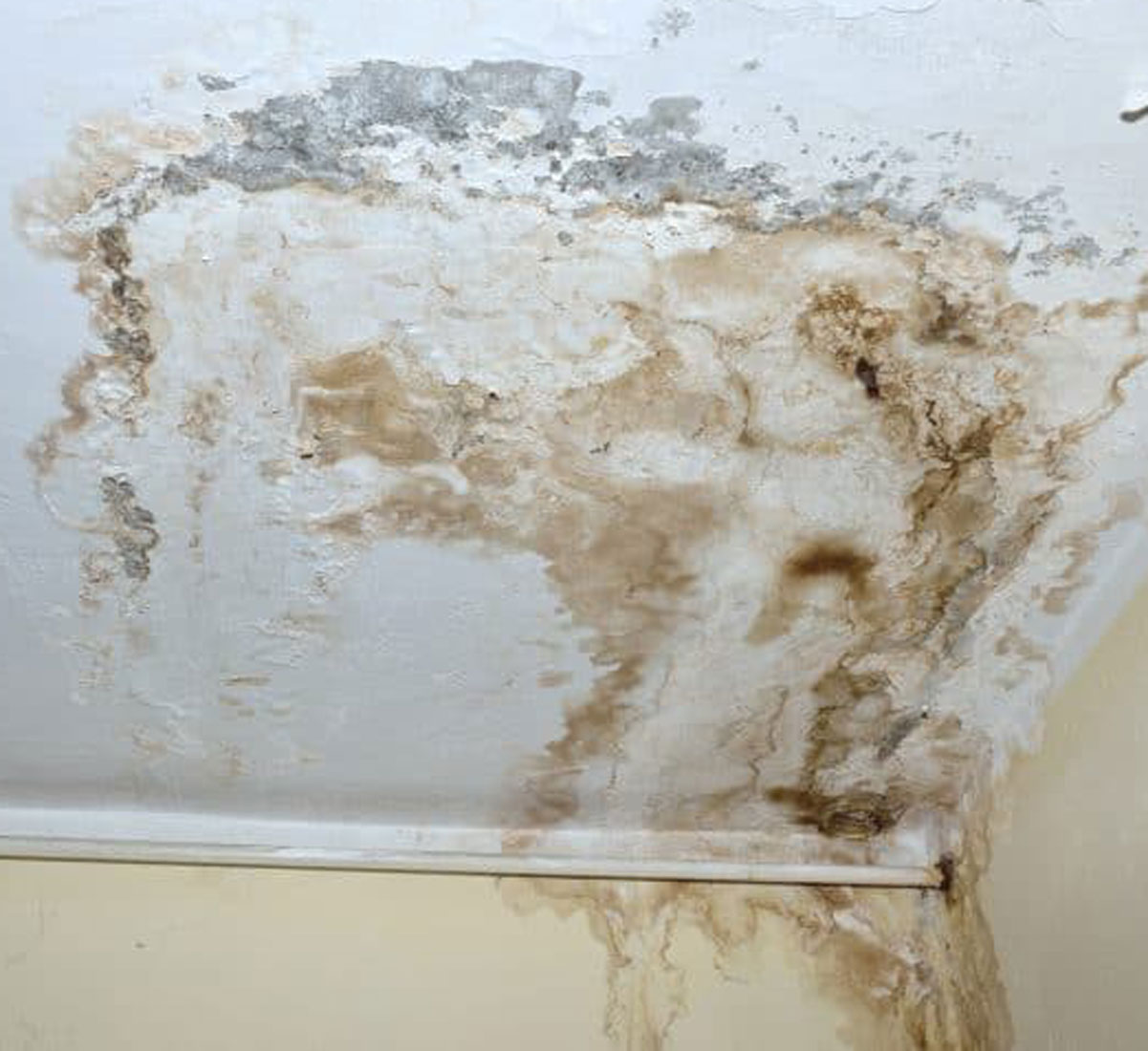Additional Services
Thermal Inspection:

Thermal Inspection
Leaky roof? Spotty/missing insulation? Moisture on the walls/ floor? In the hands of a trained professional, a thermal imaging scan is an essential tool in helping to assess the status of a home. I use state of the art thermal imaging equipment. See the difference!
Radon Testing
Radon Testing
Only smoking causes more lung cancer. Radon is a naturally occurring radioactive gas that comes from the decay of uranium in the soil. Utah’s uranium and radon levels are 5 times greater than the national average in the United States. Radon enters a home through foundation cracks, well water, pipes, and crawl spaces. It is possible that radon-related DNA damage can occur at any level of exposure. Any potential home buyer should consider having a radon test performed prior to signing the final purchase agreement.

Mold Inspection
Mold Inspection
Mold spores are all around us. They need a food supply and moisture to germinate. Buildings provide a fertile environment for mold to grow. Mold poses a higher risk for:
- Young Children
- Elderly People
- Pregnant Mothers
- Persons with asthma or breathing problems
- Persons with lower immune systems
- Persons undergoing chemotherapy or radiation treatments
A mold inspection looks for evidence of current or past mold growth within the home. Moisture is a necessary component for mold growth. Using infrared thermal imaging and a moisture meter, I can determine areas in your home where moisture is present and assess those moisture levels.

Wood Destroying Organisms Inspection

Wood Destroying Organisms Inspection
A Wood Destroying Organism commonly means subterranean or dry wood termites but also includes Carpenter bees, Powderpost beetles, Carpenter ants, and fungus. When performing a WDO inspection, inspectors look for more than just these organisms. Wood decay, evidence of past infestations, damage to wooden structures, evidence of past treatments and favorable conditions for infestations are all potential issues. Any of these can indicate the presence of a WDO:
- Presence of moisture
- Whitish-yellowish tinge on wood
- Wood that feels spongy
- Soil in wood cracks and crevices
- Areas of rot
These are some of the most common signs that WDO are present. Reacting to these problems immediately is imperative.
